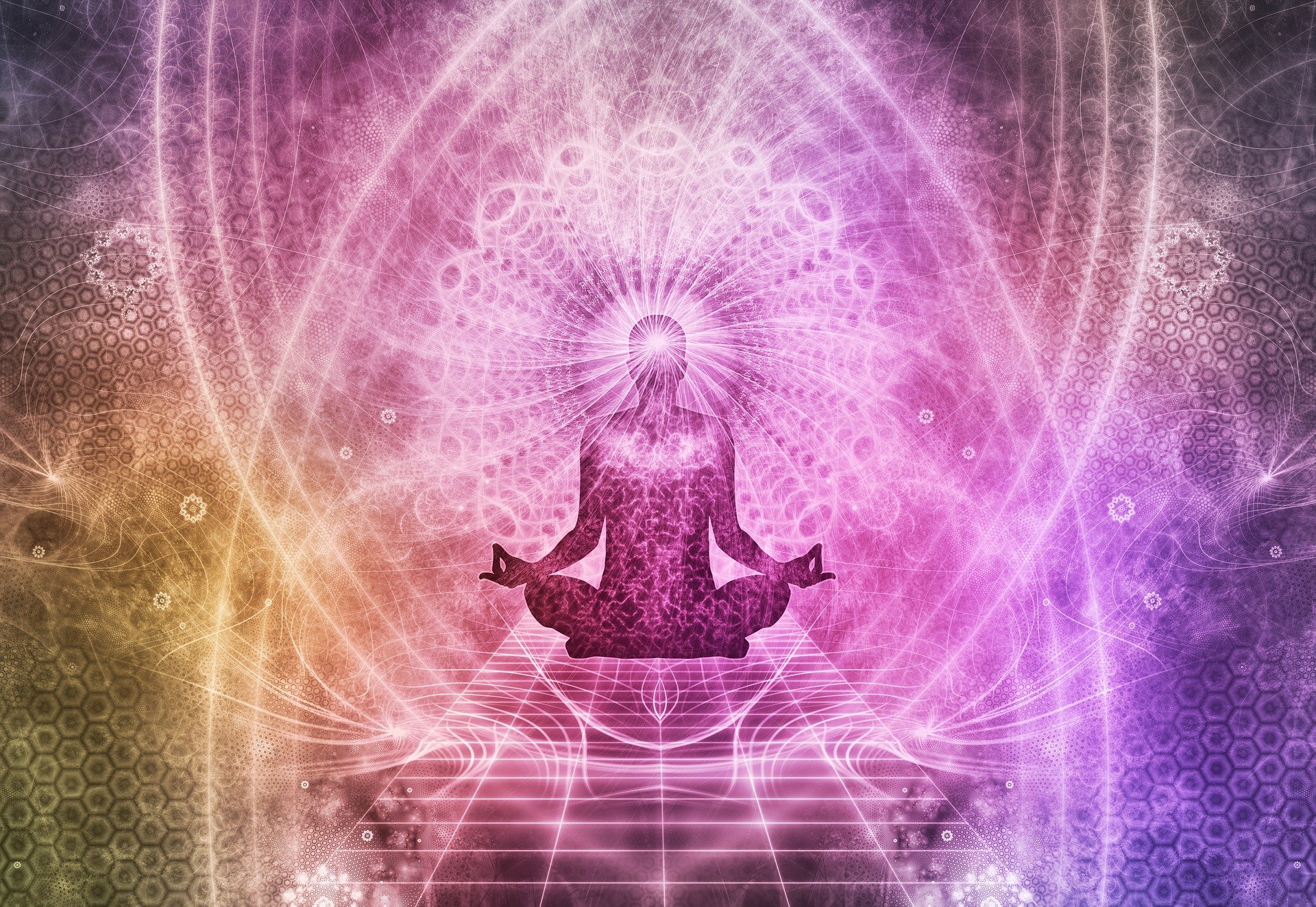
The world has been graced by the works of countless creative geniuses, from Van Gogh’s swirling stars to the haunting notes of Beethoven’s symphonies. Yet, many of these masterminds also wrestled with their own mental health challenges. This has prompted the question: Is there a connection between creativity and mental health? Dive into the interplay of imagination, artistry, and the human psyche as we explore this fascinating connection.
1. Emotional Expression:
Creativity provides an outlet for emotions. Whether through painting, writing, or music, individuals can express feelings that might be challenging to vocalize.
2. Cognitive Flexibility:
Engaging in creative endeavors encourages flexible thinking and problem-solving, leading to improved resilience and adaptability.
3. Mindfulness and Presence:
Creative activities, like drawing or playing an instrument, often require deep concentration, fostering a state of flow and mindfulness.
4. Stress Relief:
The act of creation can be meditative, reducing cortisol levels and alleviating stress.
5. Enhanced Self-identity:
Creativity aids in self-discovery and self-expression, allowing individuals to understand and present themselves authentically.
6. Therapeutic Utility:
Art therapy and expressive writing have been used to help individuals process trauma, grief, and other emotional challenges.
7. Vulnerability to Mental Health Challenges:
Some studies suggest that highly creative individuals might be more susceptible to certain mental health disorders, like bipolar disorder or depression, possibly due to heightened sensitivity or emotional depth.
8. Boosts Self-esteem:
Completing a creative project provides a sense of accomplishment and boosts self-worth.
9. Connectivity and Social Engagement:
Participating in group creative endeavors, like community theater or choirs, fosters social connection and combats feelings of isolation.
10. Improved Cognitive Health:
Engaging in regular creative activities has been linked to a reduced risk of neurodegenerative diseases like Alzheimer’s.
Conclusion:
The bond between creativity and mental health is intricate and multifaceted. While creativity can act as a balm, providing therapeutic relief and understanding, it can also expose vulnerabilities in certain individuals. Regardless of the dual-edged nature of this relationship, one thing remains clear: creativity is an integral part of the human experience, and its effects on our mental well-being are profound.
